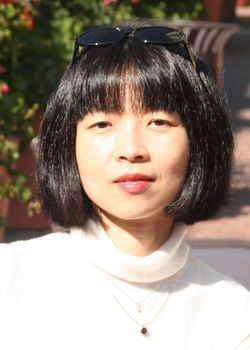2011-11-07
| Prof. Yu Lin |
| Physics Department, Auburn University |
| Time: 1:30 pm, November 7, 2011 |
| Place: meeting rm. 111,Physics building |
Biography
Professor Lin’s primary area of research is in the field of nonlinear physics in the boundary layers of space plasmas. She received her PhD in space physics in 1993 from University of Alaska, Fairbanks and became an Assistant Professor in the Physics Department at Auburn University in 1994. Dr. Lin was awarded tenure and promoted to Associate Professor in 1999 and professor in 2003. She has received numerous honors and awards, e.g. Office of Naval Research (ONR) Young Investigator Award in 1995-1998, National Science Foundation Career Award, 1995-2000, the first Katherine E. Weimer Award, 2002, etc. Abstract
Kinetic Alfven Waves (KAW) are believed to play an important role in the particle transport, heating, and acceleration at the magnetopause and in the substorm processes of the magnetosphere. In this talk, our global and local 3-D hybrid simulations will be presented for the generation of KAWs in the magnetospheric boundary layers under various interplanetary magnetic field (IMF) conditions. (1) In the cases in which the direction of IMF is such that the bow shock is a quasi-parallel shock, the interaction of kinetically excited foreshock waves/pressure pulses with the dayside magnetosphere leads to strong surface perturbations at the magnetopause. The compressional waves are found to mode convert to shear Alfven waves and KAWs through the Alfven resonance process at the magnetopause, which in turn produces field line resonance in the magnetosphere. The 3-D physics of the mode conversion and associated nonlinear wave-wave interaction is presented. (2) Under a southward IMF, Alfven waves as well as field-aligned ion beams are generated by magnetic reconnection in the tail plasma sheet. Large-amplitude short-wavelength KAWs are present in the near-Earth region, which propagate along field lines into the ionosphere. The simulation shows that these KAWs are generated by an ion beam-plasma interaction through a phase mixing process in the plasma boundary. The fundamental physics is discussed. |